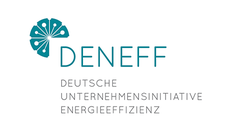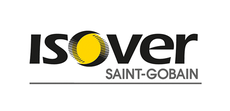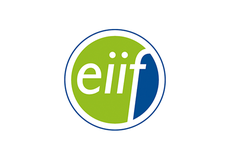Search eceee proceedings
Sustainable EU ETS glass industry through carbon management and waste heat recovery
Panel: 4. Technology, products and system optimisation
Authors:
Christina-Stavrula Hatzilau, National Technical University of Athens, Greece
Sotirios Karellas, National Technical University of Athens, School of Mechanical Engineering, Greece
Dionysios Giannakopoulos, Chemical Process & Energy Resources Institute - Centre for Research & Technology Hellas, Greece
George Skarpetis, BA Glass, Bulgaria
Nikolaos Giannoulas, BA Glass, Bulgaria
Nikolaos Christodoulou, BA Glass Bulgaria, Bulgaria
Abstract
The European Emissions Trading Scheme (EU ETS) covers 45% of European Greenhouse Gases (GHG) and particularly affects the energy intensive industries by imposing the risk of “carbon leakage”, i.e. the risk of EU industry departing to countries with weaker restraints on GHG emissions. The current work addresses the EU Glass industry which covers app. 1% of total EU ETS emissions and 3% of the total industrial ETS emissions, has a market share close to one third of global production and is capital intensive therefore requiring long investment cycles. The work to be presented makes an assessment of the position of EU ETS glass manufacturing sites in terms of carbon management with different price scenarios in the case of the replication of a successful case of batch/cullet preheating during waste heat recovery (WHR) in a Bulgarian EU ETS glass manufacturing plant. The work addresses EU-ETS glass industrial plants which cover an allocation in the range of 100 million of European Emission Allowances (EUAs) for the third EU ETS trading period 2013-2020. These 299 plants had a cumulative shortfall in emission allowances of 8 MtCO2 for the period 2013-2016. The presented work aims at supporting the EU ETS glass industry in developing a proactive strategy towards a low carbon industrial future.
Note
This presentation has been updated (11 July 2018).
Downloads
Download this presentation as pdf: 4-090-18_Hatzilau_pres.pdf















